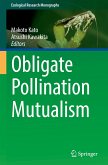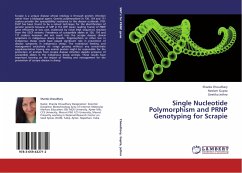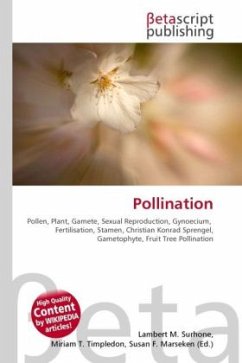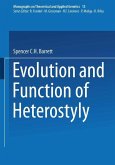Pollination is one of the most important processes in plant reproduction. It directly influences reproductive success and fitness and the genetic structure of the plant population. Methods exist to infer the pattern and distance of pollen dispersal, but direct observation of the movements of individual pollen grains during pollination is not feasible owing to their small size. Single-pollen genotyping is a novel technique for genotyping a single pollen grain. In this book, the principles, the experimental protocol, and several applications of this method in studies of plant ecology, reproductive biology, and evolutionary genetics have been described. More specifically, the information is useful for the analysis of linkage disequilibrium, intraspecific genetic variation, chromosome mapping, and the origins of polyploidy. It is also essential for achieving sustainable and optimal crop yield and is vital to agriculture and forestry. Written by pioneer researchers, the book provides novel research approaches that are proving useful in a growing number of fields. This volume is intended to encourage new and continued applications of single-pollen genotyping among many disciplines in the future.
From the reviews:
"Patterns of pollen dispersal and probabilities of cross pollination are possible to predict but this short book (127 pages) looks at a useful new technique whereby the genotype of single pollen grains can be identified. ... this technique allowed the researchers to not only identify whether pollen was being carried from species to species but also to estimate how much of the pollen on a flower was from the same trees or from others, and hence the potential degree of self pollination." (Peter Thomas, Bulletin of the British Ecological Society, Vol. 42 (2), 2011)
"Patterns of pollen dispersal and probabilities of cross pollination are possible to predict but this short book (127 pages) looks at a useful new technique whereby the genotype of single pollen grains can be identified. ... this technique allowed the researchers to not only identify whether pollen was being carried from species to species but also to estimate how much of the pollen on a flower was from the same trees or from others, and hence the potential degree of self pollination." (Peter Thomas, Bulletin of the British Ecological Society, Vol. 42 (2), 2011)








